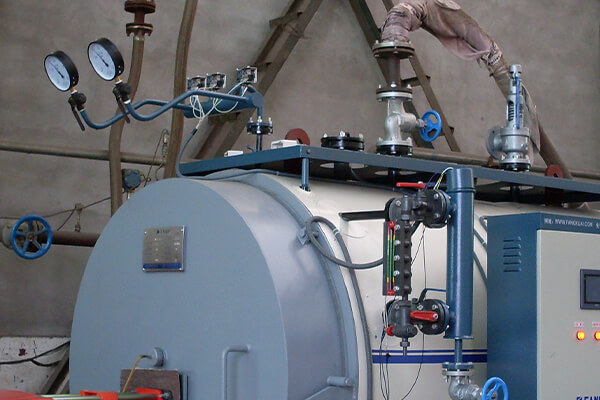As a seasoned service engineer, I’ve witnessed how even minor water circulation hiccups can cripple a steam boiler—sapping efficiency and leading to expensive repairs. Below are 12 common circulation problems you’re likely to encounter, along with straightforward, battle‑tested solutions to keep your system humming.
-
Weak or Stagnant Flow
Often, uneven heating or cold zones point to low circulation in the riser tubes or a clogged downcomer. Start by inspecting for sludge or scale in those passages. Confirm your feed pumps are delivering full capacity, and if you’re relying on natural circulation, ensure the boiler’s design fosters the right thermal gradient. -
Fluctuating Gauge‑Glass Levels
Unstable water levels can cause your boiler to trip off unexpectedly. Foaming, excessive dissolved solids, or faulty feedwater controls are usual suspects. Maintain feedwater pH around 8–10, tweak your blowdown schedule to control solids, and consider adding an automatic level controller for dependable readings. -
Water Hammer in Steam Lines
A sudden “clunk” in the steam piping is a red flag for trapped condensate—and it can damage pipes, valves, or fittings. Keep your steam runs pitched at about ¼” per foot toward the trap, install drip legs near any control valves, and use slow‑closing actuators to mellow out pressure spikes. -
Corrosion in Tubes or Headers
If oxygen or acidic condensate gets in, metal components erode. Make sure your deaerator removes at least 99% of dissolved oxygen, and inject scavengers like sodium sulfite to mop up what gets through. -
Scale Deposits Restricting Flow
Mineral buildup not only chokes circulation but also forces your boiler to ramp up heat output to compensate. Tackling hard water at the source with softeners or RO units pays dividends; meanwhile, keep tabs on total dissolved solids and blow down when readings hit roughly 3,500 ppm. -
Foaming and Wet Steam
Foam carried over into the steam line can foul turbines or process equipment. High alkalinity, carry‑over of boiler treatment chemicals, or organic debris usually cause it—skim off surface impurities, adopt anti‑foam agents, and avoid overloading the boiler. -
Cold Spots in the Furnace
Sludge settling in heat‑transfer tubes can create cold patches, breeding thermal stress and eventual tube cracking. Annual tube inspections are a must. If sludge keeps returning, a continuous blowdown system will help purge it as it forms. -
Poor Performance at Partial Load
Low‑demand periods can upset natural circulation, burning more fuel per pound of steam. Variable‑speed drives on feed pumps allow you to dial flow to demand, and modular boiler installations let you bring units online or offline to match load. -
Energy‑Wasting Excessive Blowdown
Over‑frequent blowdowns spill both water and heat, driving up operating costs. Automate blowdowns by using conductivity probes, and consider economizers to harvest heat from the discharged water. -
Contaminated Condensate Return
Oil carry‑over or corrosive condensate returning to the deaerator or boiler drum can cause pitting and internal damage. Polishing filters, routine condensate pH checks, and neutralizing treatments are your best defense. -
High Flue‑Gas Temperatures
When circulation lags, more heat escapes up the stack. Keep burners finely tuned, maintain clean heat‑exchange surfaces, and look into boilers with advanced convection sections to reclaim more thermal energy. -
False Low‑Water Cutoff Trips
A boiler shutdown is the safest fail‑safe when water levels drop, but false alarms disrupt production. Clean probes and sensor chambers every month, and on mission‑critical boilers, install redundant level sensors tied into a real‑time monitoring dashboard.
Maximizing Boiler Life
Solid water circulation is the cornerstone of reliable steam generation. Beyond diligent upkeep, upgrading to smarter systems—like those with adaptive flow controls, self‑cleaning tube bundles, and integrated water treatment—can cure persistent circulation woes. Finally, align yourself with a supplier who offers round‑the‑clock support and predictive‑maintenance services: catching small issues early keeps minor glitches from escalating into major breakdowns.
Get your best price
Quickly compare 3 FREE quotes
- Engineer quick quote
- The overall delivery speed is fast
- Financial choice
- Low installation costs and cost savings
25 years+ of boiler R&D
More than 20 innovative technologies


